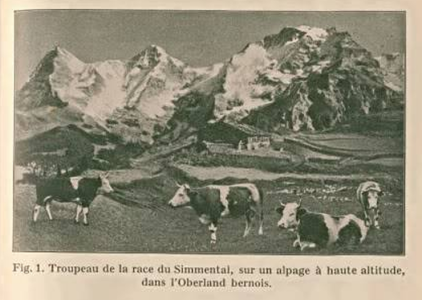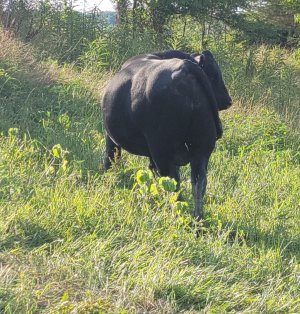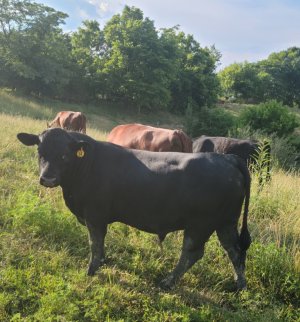Ebenezer
Well-known member
The deal on 1680 and 9J9 brings up a point that was swept under the rug. These were breed leaders who owned and promoted these bulls. Some would call them skilled breeders and the most experienced of cattlemen. Why did the problem ONLY occur at first in herds where the genetics were used from purchased cattle or semen? My guess is that a lot of cover up was done prior, during and after to protect certain individuals. You can inbreed or outcross and if crooks or shady folks are in any part of it there is not going to be a clear answer. It took a bit of pressure to get AAA to act on the new defects. One of the old chat sites seemed to push the issues to make it happen. Same thing for atypical blood types. That is now a thing of the past and one less way to allow the association to be forced to either blatantly ignore or deal with the same character flaws in humans.GAR Precision 1680/curly calf syndrome
These bulls, your example and mine, are examples of "done correctly" being done very badly. As I said... most people don't have the tools necessary to do proper line breeding. Their motivations are many, and the results are not good. But there are people that either get lucky or really know enough to do it properly.




